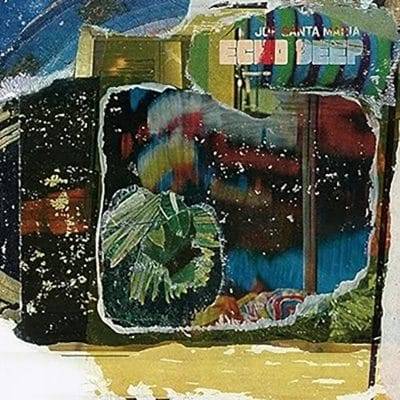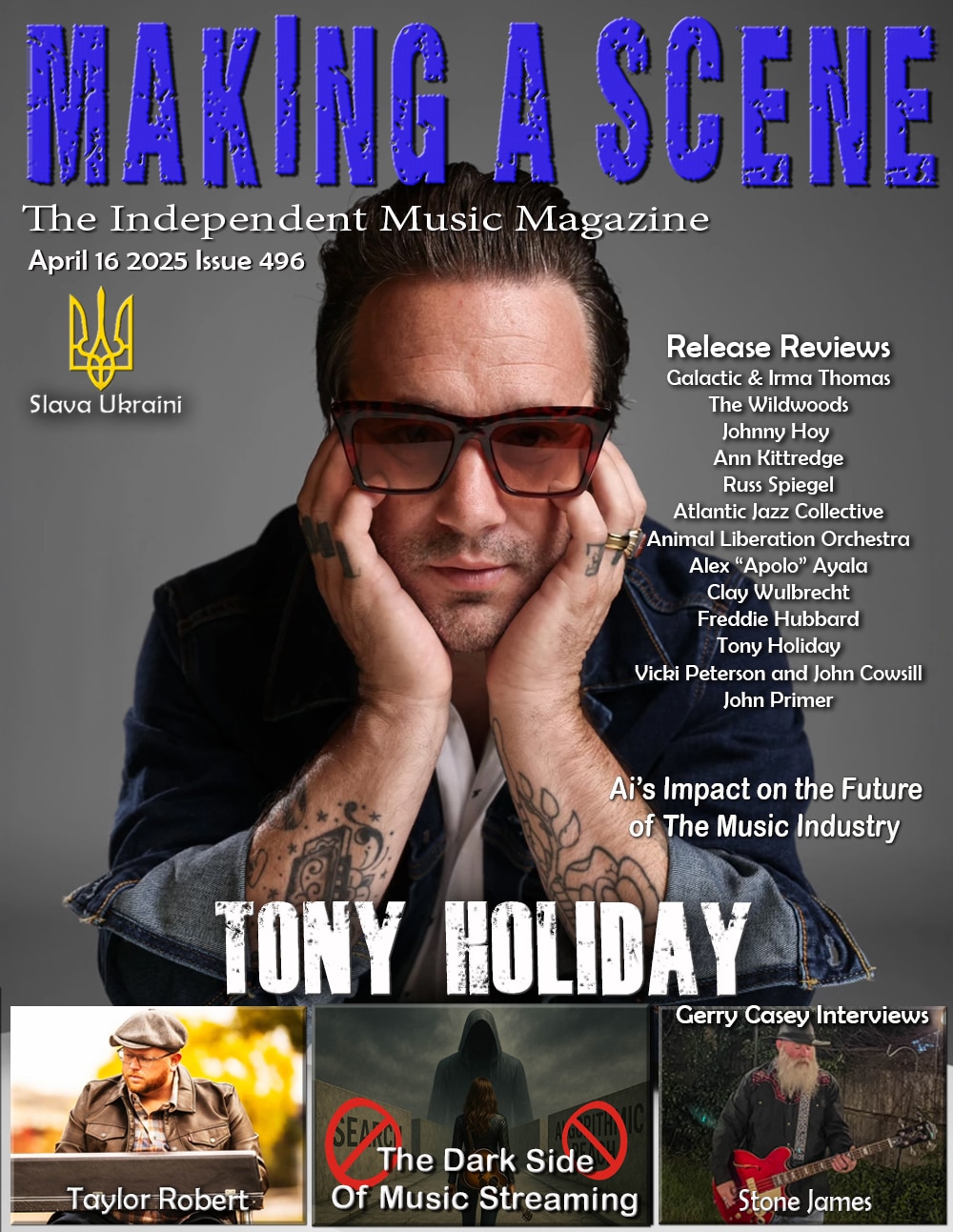Joe Santa Maria Echo Deep
 Joe Santa Maria
Joe Santa Maria
Echo Deep
Orenda
Joe Santa Maria is a L.A.- based versatile multi-reedist, comfortable playing behind rock groups, laying down post-bop lines, or playing in experimental formats. Echo Deep, a project that has consumed him for ten years, is his ‘sonic biography,” a daring, totally unique foray into many different cultures and locales. Even the instrumentation is apart from what one would expect from a solo venture. Echo Deep though, is partially an amalgamation of his acoustic releases, The illustrated Man (2012) and Introspection, and the electronic experimentation of Creature (2016) and something entirely new. While known as an alto saxophonist on those, Santa Maria here hauls out his entire arsenal, playing soprano, alto, tenor, and baritone saxes as well as piccolo, flute, clarinet, and keyboards. He added ten other musicians to his ensemble to give it a big-band potency yet it’s unclear just who contributes to each track in these various soundscapes meant to evoke his travels to Indonesia, Mexico, South America, living in NYC and Boston, and growing up in the woods of Michigan. As such, the sonics span contemporary chamber music, electronica, Brazilian brass ensembles, Balkan music, and others that are less immediately describable. Joining Santa Maria are Andrew Conrad (additional reeds), trumpeters Dan Rosenbloom, Brandon Sherman, and Andrew Rowan; trombonists Ryan Dragon and Julianne Gralie, Lauren Baba (strings), Tim Carr (drums), David Tranchina (bass), and Matt Kutner (guitar).
The melodies and rhythms are meant to be cyclical and trancelike and span his earliest memories as a child to his teenage, college, and professional years. These nine pieces comprise only 38 minutes with many of the pieces in the two-to-four-minute range, but their trancelike nature makes it feel longer. Santa Maria’s travels included studying gamelan music, African and Indian rhythms, and his compositional flair in both jazz and other genres. Santa Maria performs with rock bands Airborne Toxic Event, Django Django, and Vampire Weekend to name just a few. He also plays in multiple creative ensembles including the Joey Sellers Jazz Aggregation and The Lauren Baba Orchestra. All these influences come to bear beginning with “Apix Groob,” evoking a period in high school when he was listening to Aphex Twin as often as Coltrane and Monk. It’s a prime example of the cyclical, trance-like melodies with the low end of baritone sax and trombones contrasting with the higher end guitar, percussion, and piccolos.
The much calmer, string bathed, lighter woodwinds and brass imbued “Soapbox” traces to his youth in Michigan listening to string and folk music on Midwestern public radio, with a nod to a full four seasons of weather marking some of the transitions to the different sections. One image that comes to mind is gentle, lapping waves of a lake on a peaceful autumn afternoon. The industrial percussion heavy “Mad Max” completely obliterates the solace of the previous piece as Santa Maria invokes his memories of cyberpunk scenes. Later “Play Play” conjures a similar sense of tension and dissonance but is more angular and features a rare, fierce alto solo from the leader.
The piccolo and high register sounds of “Pathways 1” cast a somewhat similar mood as “Soapbox” but were inspired by the flute music of Bali. Yet, the short piece could easily evoke the sound of a massive church organ in a cathedral. The large ensemble chamber music “Pathways 2,” resembles the prior piece in mood but is sourced from Mozart with its ascending and descending motifs. The cinematic, and highly orchestral “Lullaby” is dense with brass and saxophones and Santa Maria likens it to “plane over water” and a “tired moment on the journey.”
“On the Water” features a straightforward trumpet melody set above percolating percussion and an odd blend of synth and horns in the middle section. To these ears, it plays like a tribal dance or march, yet it is weird enough to be a soundtrack for a cartoon as well. The final and the album’s longest at just shy of seven minutes is “Where’s Annie,” another mashup of various sounds from the triumphant brass and string opening to slow funk underpinned by bass clarinet and trombone with ethereal voices and ambient noise creeping in.
Santa Maria urges us to listen at different times of day, or in different situations, or on different sound systems. Likely, it will sound bizarre and unlike almost anything else no matter when. It’s impossible to ascribe any genre to it. It’s in a world, or should we say, many worlds of its own.
- Jim Hynes
Buy Us a Cup of Coffee!
Join the movement in supporting Making a Scene, the premier independent resource for both emerging musicians and the dedicated fans who champion them.
We showcase this vibrant community that celebrates the raw talent and creative spirit driving the music industry forward. From insightful articles and in-depth interviews to exclusive content and insider tips, Making a Scene empowers artists to thrive and fans to discover their next favorite sound.
Together, let’s amplify the voices of independent musicians and forge unforgettable connections through the power of music
Make a one-time donation
Make a monthly donation
Make a yearly donation
Buy us a cup of Coffee!
Or enter a custom amount
Your contribution is appreciated.
Your contribution is appreciated.
Your contribution is appreciated.
DonateDonate monthlyDonate yearlyYou can donate directly through Paypal!
Subscribe to Our Newsletter
Discover more from Making A Scene!
Subscribe to get the latest posts sent to your email.












































